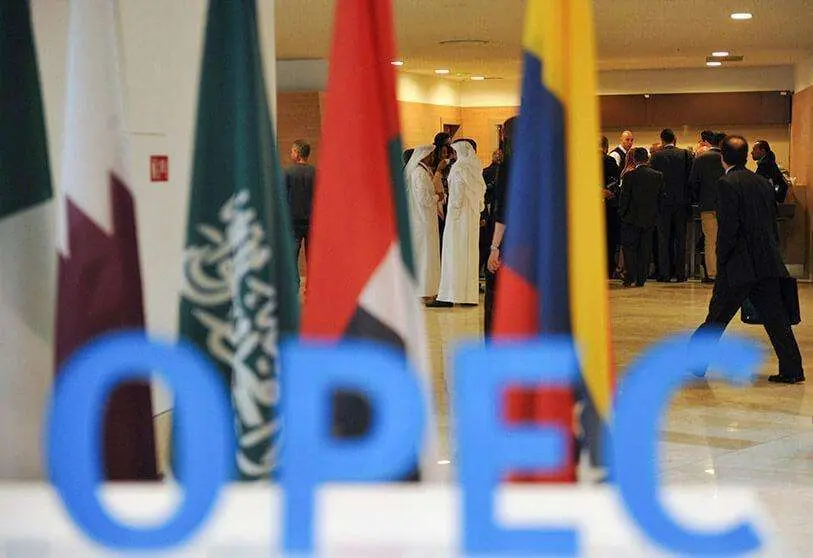La OPEP financiará parte del gasoducto que une Nigeria con Marruecos

Morocco and Nigeria manage to give new impetus to the trans-African gas pipeline project. In this search for funds to try to finance what is already considered a mega-project, the Organisation of Petroleum Exporting Countries (OPEC) will finance 14.3 million dollars for the development of the plan, which translates into 13.5 million euros.
This funding is expected to go towards the second phase of the project's development. The pipeline would link Morocco to Nigeria via an undersea infrastructure that would run along the West African coast and reach Europe. OPEC would be in charge of providing this new financing for what would be a preliminary study, according to the Moroccan Ministry of Economy and Finance in a press release.
The project, which would cover a total of 7,000 kilometres and some thirteen countries, "aims to become a catalyst for economic development in the northwest African region", in response to the cessation of Algerian gas exports after Algeria decided to unilaterally break diplomatic relations with Morocco.

The study, which was also reportedly co-financed with the Islamic Development Bank (IDB), will consist of "preparing the documentation for the implementation of the Nigeria-Morocco gas pipeline project and finalising the corresponding technical, financial and legal analyses", according to the MAP.
This agreement was signed through an exchange of correspondence between the Moroccan Minister of Economy, Nadia Fettah, and the Director General of the OPEC Fund, Abdulhamid Alkhalifa, according to the statement. The investment will also aim to provide financing to the Moroccan National Office of Hydrocarbons and Mines (ONHYM). This public body is in charge of promoting the project (known as NMGP) together with the Nigerian National Petroleum Corporation (NNPC).

In addition, and as announced by the Australian company WorleyParsons, it will be in charge of carrying out the second phase of the preliminary study of the project, thus marking the start of a project that the Moroccan King, Mohammed VI, announced in 2016 during a visit to Nigeria.
According to various estimates, the new pipeline would mobilise between 25 and 50 billion dollars, corresponding to 23 and 47 billion euros. The infrastructure is expected to pass through Benin, Togo, Ghana, Côte d'Ivoire, Liberia, Sierra Leone, Guinea, Guinea Bissau, Gambia, Senegal and Mauritania, as well as Nigeria and Morocco. This means that the project itself has been offered to Europe as a possible supply alternative, amid a context of harassment and punishment of Russia and everything that comes from the country as a result of the invasion of Ukraine.

They have also sought to present themselves as an alternative to the Maghreb Europe gas pipeline (GME), which once supplied Algerian gas to Spain via Moroccan territory. Once the diplomatic crisis between Algiers and Rabat broke out, Algeria decided to cut off gas supplies only three months after the crisis began.
Since Algeria's closure, Morocco has tried to find alternatives to this supply. Thus, the Alawi kingdom has relaunched its energy strategy to diversify its sources. Moreover, the Nigerian-Moroccan project is a direct competitor to the Trans-Saharan Gas Pipeline Project (TSGP), a plan proposed by Algeria of more than 4,000 kilometres overland that would reach Nigeria via Niger.
In this regard, last February, Algeria's Energy Minister, Mohamed Arkab, signed a roadmap with his counterparts in both countries to carry out the project, a plan that has been hindered from the outset by the fact that its route would pass through areas controlled by Jihadist groups, which would have a serious impact on its security.








